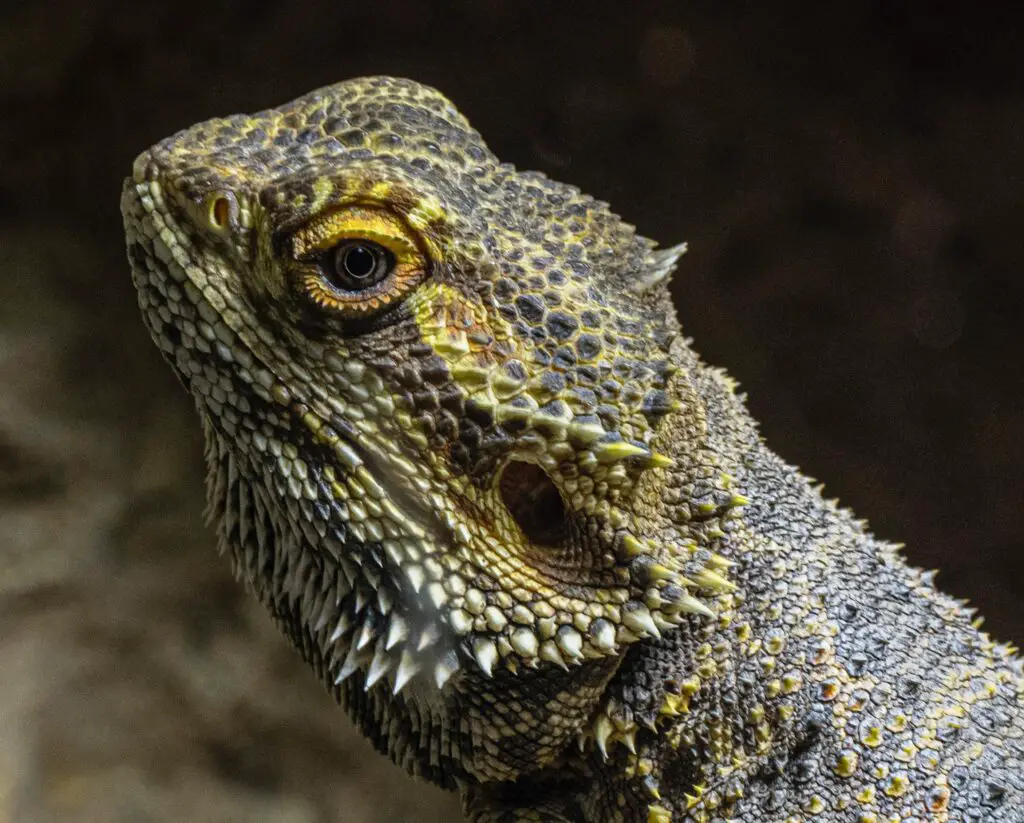How old is my bearded dragon
How old is my bearded dragon? Bearded dragons, scientifically known as Pogona, have gained immense popularity as pets in recent years. These captivating reptiles originate from the arid regions of Australia and have become a favorite among reptile enthusiasts worldwide.
With their unique appearance and friendly demeanor, bearded dragons make wonderful companions for both first-time reptile owners and experienced keepers. However, to provide the best care possible for these remarkable creatures, it is crucial to understand their age and the various stages of their development.
Brief overview of bearded dragons as popular pets
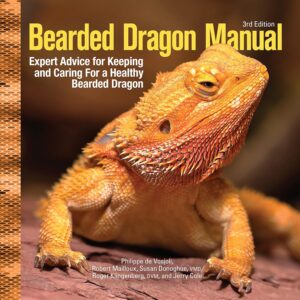 Bearded dragons have captivated the hearts of pet lovers due to their charming personalities and striking physical features. These diurnal lizards are often characterized by their stout bodies, triangular-shaped heads, and most notably, the spiny beard-like scales that protrude from under their jaws when threatened or displaying dominance. With an average adult length ranging from 16 to 24 inches (40-61 cm), depending on the species, bearded dragons are relatively large reptiles that can live up to 10-15 years with proper care.
Bearded dragons have captivated the hearts of pet lovers due to their charming personalities and striking physical features. These diurnal lizards are often characterized by their stout bodies, triangular-shaped heads, and most notably, the spiny beard-like scales that protrude from under their jaws when threatened or displaying dominance. With an average adult length ranging from 16 to 24 inches (40-61 cm), depending on the species, bearded dragons are relatively large reptiles that can live up to 10-15 years with proper care.
What sets them apart from many other reptiles is their docile nature. Bearded dragons are generally known for being sociable creatures that readily tolerate human interaction.
They have a reputation for being one of the most gentle and easy-to-handle pet reptiles available in today’s market. Beyond their amiability, bearded dragons also exhibit fascinating behaviors such as head-bobbing displays during territorial disputes or courtship rituals.
Importance of knowing the age of your bearded dragon
Understanding the age of your bearded dragon is vital for providing appropriate care at different stages of its life cycle. Just like any living organism, these lizards undergo significant physiological changes as they grow older. Their nutritional requirements vary throughout different developmental phases, making it essential to tailor their diet accordingly.
Knowing the age of your bearded dragon also helps in anticipating and managing potential health issues. As they age, these reptiles may become more susceptible to certain conditions, such as metabolic bone disease or reproductive disorders.
By being aware of your dragon’s age, you can take proactive measures to prevent or address such ailments. Moreover, knowledge of the age enables you to better plan for their future needs.
Understanding when your bearded dragon is likely to reach sexual maturity, for instance, allows you to make informed decisions about potential breeding or providing suitable housing arrangements. It is not merely a matter of curiosity but a practical necessity to know the age of your bearded dragon.
It empowers you as a responsible owner to provide appropriate care and support their overall well-being throughout their lifespan. In the following sections, we will explore various indicators and techniques that can help determine the age of these remarkable reptiles accurately.
General Age Indicators
Understanding the general age indicators of a bearded dragon can provide valuable insights into its developmental stage. Two important factors to consider are size and growth rate, as well as physical appearance and coloration changes. By observing these indicators, you can gain a better understanding of your bearded dragon’s age.
Size and Growth Rate
A bearded dragon’s size is a reliable indicator of its age, especially during the early stages of their lives. Hatchlings typically measure around 3-4 inches in length when they first emerge from their eggs.
As they progress through their juvenile stage, their growth rate is quite rapid, with noticeable increases in both size and weight. However, it is essential to note that the growth rate tends to slow down after the first year.
This deceleration is normal as most bearded dragons reach close to their adult size within 12-18 months. Factors such as genetics, diet, and overall health can also influence growth patterns.
Physical Appearance and Coloration Changes
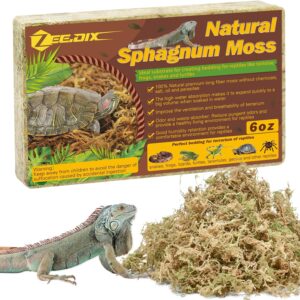 The physical appearance and coloration of a bearded dragon can provide valuable clues about its age. Younger dragons tend to exhibit more vibrant colors and intricate patterns on their skin scales.
The physical appearance and coloration of a bearded dragon can provide valuable clues about its age. Younger dragons tend to exhibit more vibrant colors and intricate patterns on their skin scales.
These hues often include shades of bright orange, yellow, or red combined with striking black markings. In contrast, older dragons may undergo noticeable changes in coloration over time.
With age, some individuals develop faded or dull scales that lose their original vibrancy. This change in pigmentation does not necessarily indicate health issues but instead reflects the natural aging process in many bearded dragons.
Additionally, it is worth mentioning that shedding plays an essential role in maintaining the overall appearance of a bearded dragon’s skin throughout its lifespan. Younger dragons shed more frequently than adults as part of their growth and development, and this shedding frequency gradually decreases as they mature.
Determining Age through Life Stages
Hatchling Stage (0-3 months)
During the hatchling stage, which lasts from birth until around three months of age, bearded dragons exhibit several distinct characteristics. One noticeable feature is their soft, pliable scales that offer a velvety texture when touched.
The scales provide protection as they gradually harden over time. Additionally, the skin of hatchlings appears smooth and lacks the roughness that develops as they grow older.
Another characteristic of this stage is the frequency of shedding. Hatchlings shed their skin more frequently than adult bearded dragons due to their rapid growth rate.
Shedding allows them to remove old and restrictive skin as they grow and develop. Observing frequent shedding patterns can indicate that your bearded dragon is in its early stages of life.
Juvenile Stage (3-12 months)
The juvenile stage spans from three to twelve months old and is marked by significant growth in size and weight for bearded dragons. During this period, juveniles experience a growth spurt as they establish their body structure and reach new milestones in their development.
It is not uncommon for a bearded dragon’s length to double or even triple during this stage. In addition to rapid growth, juveniles display vibrant colors and distinct patterns on their bodies.
Their skin may showcase bright oranges, yellows, or reds with intricate markings that serve both camouflage and visual communication purposes within their environment. These vivid hues make juvenile dragons an eye-catching sight to behold.
Sub-adult Stage (12-18 months)
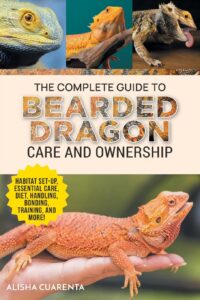 Between twelve and eighteen months old, bearded dragons enter the sub-adult stage where noticeable changes occur as they approach adulthood. The most distinguishable change during this phase is a significant slowdown in growth rate compared to the preceding stages. Sub-adults continue to develop physically but at a much slower pace as they approach their mature size.
Between twelve and eighteen months old, bearded dragons enter the sub-adult stage where noticeable changes occur as they approach adulthood. The most distinguishable change during this phase is a significant slowdown in growth rate compared to the preceding stages. Sub-adults continue to develop physically but at a much slower pace as they approach their mature size.
Another characteristic of the sub-adult stage, primarily observed in males, is the development of hemipenal bulges. These bulges, located at the base of the tail, indicate sexual maturity.
Males exhibit larger and more prominent bulges than females, which assists in distinguishing their gender. The emergence of these bulges is an essential milestone as it signifies that your bearded dragon is becoming an adult capable of reproduction.
Adult Stage (18+ months)
Once bearded dragons reach eighteen months or older, they enter the adult stage where they have achieved their full size potential. At this point, growth in length slows down considerably, and most individuals reach a length between 18 to 24 inches from snout to tail tip.
However, it’s important to note that individual sizes can vary depending on genetic factors and overall health. In addition to reaching their maximum size, adult bearded dragons display behavioral changes related to reproduction.
Male dragons become more territorial and may exhibit courtship behaviors such as head bobbing and arm waving to attract potential mates. Females show changes in behavior during breeding seasons if they are fertile; this includes digging nesting holes or displaying receptive behavior towards males.
Understanding the different life stages of bearded dragons allows you to gauge their age with a fair degree of accuracy based on physical characteristics and behaviors exhibited during each phase. By recognizing these developmental milestones, you can better care for your pet by providing appropriate nutrition and monitoring any age-related health concerns that may arise along the way.
Specialized Techniques for Age Estimation
Veterinary Examination
One of the most reliable methods for determining the age of a bearded dragon is through a veterinary examination. Veterinarians possess the expertise and knowledge to assess various physical attributes that change with age. They often examine bone density, which tends to increase as the dragon grows older.
By evaluating bone density, veterinarians can estimate the overall age of the bearded dragon. Furthermore, veterinarians pay attention to spinal ridges during their examination.
These ridges develop over time and become more prominent as the bearded dragon ages. By observing these changes in spinal ridges, vets can make an educated guess about the dragon’s age range.
In addition to assessing bone density and spinal ridges, veterinarians also consider the overall health and condition of the bearded dragon to estimate its age. Factors such as muscle mass, skin elasticity, teeth condition, and eye clarity can provide valuable insights into its age.
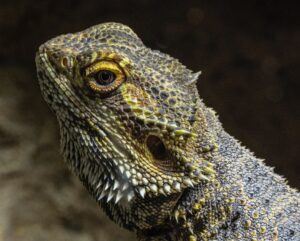
Scale Counting Method
Another method used by reptile experts to estimate a bearded dragon’s age is by counting scales on their dorsal ridge. The dorsal ridge refers to the row of scales that runs along their back in a distinct pattern. Hatchlings have fewer scales on their dorsal ridge when compared to adult dragons.
While this method provides only a rough estimate, it can still give you an idea of whether your bearded dragon falls into a younger or older age category. However, it is important to note that this technique may not provide precise results due to variations among individual dragons.
Ultrasound Imaging
Ultrasound imaging is commonly used by veterinarians for various purposes in reptile medicine. When it comes to determining a bearded dragon’s age, ultrasound imaging is particularly useful in assessing reproductive maturity.
As dragons reach sexual maturity at different ages depending on their species, the presence of developed reproductive organs can indirectly indicate their age. Through ultrasound imaging, veterinarians can examine the size and development of the gonads in bearded dragons.
Males may exhibit enlarged testes or hemipenal bulges, indicating that they have reached sexual maturity and are likely to be older dragons. Comparing these findings with established growth patterns and known ages of other dragons can help provide an approximate estimate of your dragon’s age.
Overall, utilizing specialized techniques such as veterinary examination, scale counting, and ultrasound imaging can aid in estimating the age of a bearded dragon. While no method is entirely foolproof due to individual variations within the species, combining these diagnostic tools with general age indicators discussed earlier in this article can offer a more accurate assessment of your beloved reptile’s age.
To sum up how old is my bearded dragon
Determining the age of your bearded dragon is an exciting and rewarding journey.
Throughout this article, we have explored various indicators that can help you estimate the age of your bearded dragon. By examining size, growth rate, physical appearance, coloration changes, and life stages, you can gain valuable insights into the age of your beloved pet. Additionally, specialized techniques like veterinary examination, scale counting method, and ultrasound imaging provide more accurate estimations.
Understanding your bearded dragon’s age is essential for their care and well-being.
By knowing the approximate age of your bearded dragon, you can better tailor their diet, habitat conditions, and overall care requirements. Younger dragons require a more protein-rich diet to support their rapid growth, while older dragons may need more fiber and calcium to maintain optimal health. Knowledge of their life stage also helps anticipate behavioral changes and breeding tendencies.
Embrace the journey of discovering your bearded dragon’s age.
Owning a bearded dragon is a delightful adventure filled with learning experiences. While determining their exact age might not always be possible due to factors like adoption or lack of previous records, understanding the general indicators discussed in this article will still provide you with invaluable information about your scaly companion. From hatchling to adulthood, each stage brings unique characteristics that deepen our connection with these fascinating creatures.
: whether you are an experienced reptile enthusiast or a new owner embarking on this remarkable journey with a bearded dragon by your side – cherishing every moment spent together is what truly matters. Embrace the joy that comes from nurturing and caring for these enchanting creatures while appreciating the wonders they bring into our lives.
Further Reading:
- Carolina Custom Cages Terrarium Review
- 8 Best Basking Rocks for Beardie: What Is the Best Choice?
- 10 Best Thermometers for Beardie: How to Choose the Best One?
- 5 Best Beardie Lighting Setups for Beardie Lovers
- 9 Best Heat Lamps for Beardie: Natural Habitat Provided

